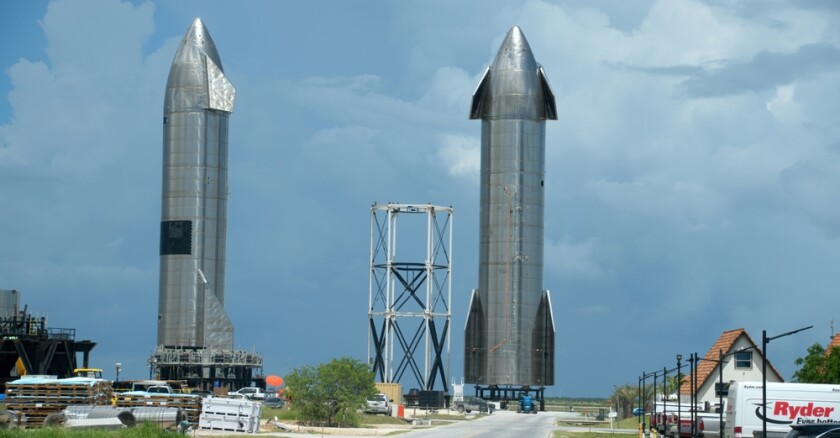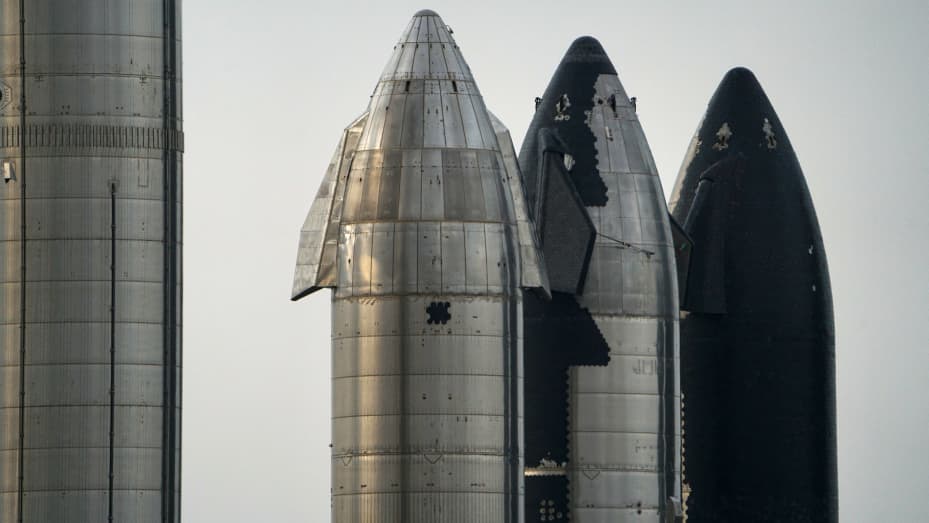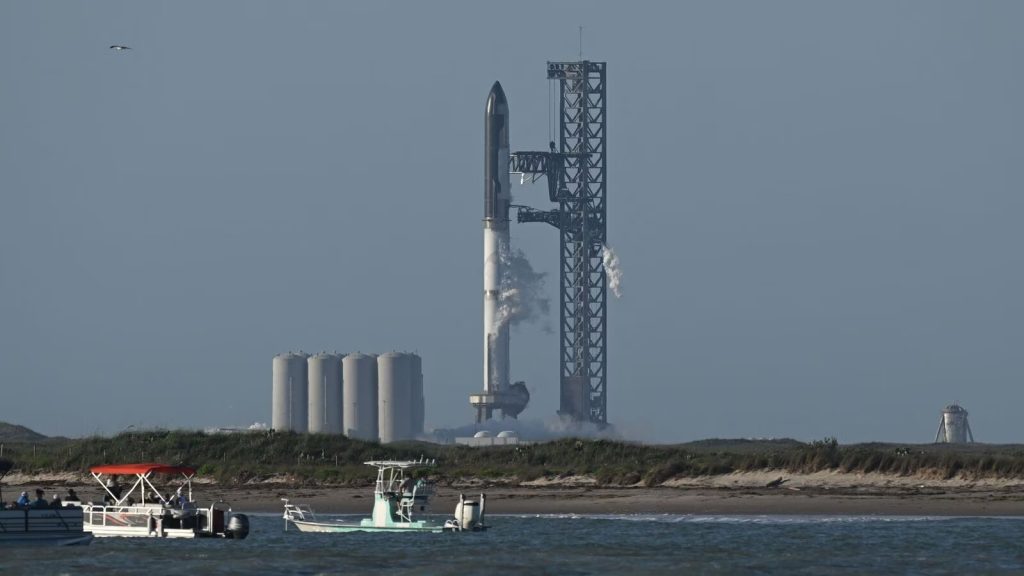The first orbital launch test of Elon Musk’s SpaceX’s massive Starship rocket was postponed on Monday due to an issue with fuel pressure in the rocket’s first stage. Which prevented the rocket from making its eagerly anticipated first trip into space. Before Monday’s failed countdown, SpaceX had scheduled a potential follow-up attempt for as early as Tuesday. The Starship rocket rises to a height of approximately 400 feet.

It is the most potent ever constructed and was intended to one-day transport men to Mars. With fewer than 10 minutes remaining, the Texas, US, launch was aborted because the rocket was still being filled with its 10 million pounds of fuel.

- Advertisement -
The SpaceX Launch was Postponed After a Glitch
The rocket’s first stage, the Super Heavy booster, had a pressure problem, according to SpaceX. But no other issues were mentioned. Musk has aimed to decrease expectations for the launch attempt on Sunday. He cautioned that several concerns could delay the launch or result in the rocket failing in a conversation that was carried over Twitter. Simply avoid blowing up the launch pad, he advised.

The rocket will be launched in the test at a 150-mile altitude. And will travel for 90 minutes before splashing down in the Pacific Ocean off Hawaii. Although someday those pieces will be built to be reused. SpaceX will not seek to recover either of the rocket’s two stages – the Super Heavy booster and the Starship on top. The goal Musk established for his starship was to transport people to Mars.

Starship had already been enlisted by NASA long before then to take part in the first mission to send astronauts back to the Moon since 1972. By competing with SpaceX’s own Falcon 9 rockets as the main workhorse for reaching space. It can transport payloads of up to 100 tonnes. Starship might also revolutionize the costs of entering orbit.



